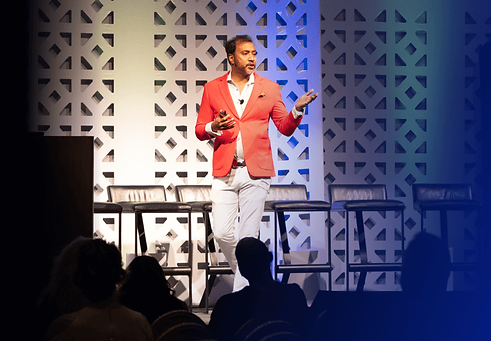top of page
Support Experience Conference 2024
On-Demand Videos
Watch every session from 2024’s in-person conference — including product keynotes, solution deep dives, and panel discussions.

Intro — SX Live 2024
11:35
Keynotes - SX Live 2024
25:56
25:31
01:14:22
37:26
05:55
08:37
15:30
Panel Discussions - SX Live 2024
41:34
42:55
46:42
32:55
Solution Deep Dives - SX Live 2024
29:35
23:36
19:00
22:05
33:31
18:45
28:11
31:00
bottom of page
